Standing out can sometimes seem impossible if you’re in an industry that feels oversaturated with other businesses and competitors. But differentiating your brand in a crowded market is achievable with niche marketing.
What Is Niche Marketing?
Niche marketing is an advertising strategy that focuses on a unique target market. Instead of marketing to everyone who could benefit from a product or service, this strategy focuses exclusively on one group—a niche market—or demographic of potential customers who would most benefit from the offerings.
A niche market could stand apart from others because of:
- Geographic area
- Lifestyle
- Occasion
- Profession
- Style
- Culture
- Activity or habits
- Behavior
- Demographic
- Need
- Feature reduction or addition
The benefit of niche marketing is that it allows brands to differentiate themselves, appear as a unique authority, and resonate more deeply with a distinct set of customers. Rather than blend in with the many other brands that offer the same product or service type, a brand can use niche marketing to stand out, appear more valuable, reach its growth potential, and build a stronger, longer-lasting connection with its ideal audience.
3 Niche Marketing Examples
Niche markets are often segments of larger industries and verticals. Here are a few brands that found a way to drill down into their industry to market to a niche audience.
Divvies Vegan and Nut Free
Hundreds of brands sell sweet treats and snack foods such as cookies, brownies, popcorn, and cupcakes. While most people can choose from dozens of brands to find options that satisfy their cravings, there is a group of people who cannot. Those people have allergies or food restrictions related to animal products and nuts.
Divvies saw this underserved segment in the sweets industry and created a brand that exclusively targeted this group. Selling cookies and cupcakes is not a unique idea, but selling them as vegan and nut-free options differentiated Divvies in an already saturated market, allowing them to stand out and build a loyal customer base.
Lefty’s: The Left-Hand Store
Identifying an underserved community in a large market is a smart way to approach niche marketing. Like Divvies, Lefty’s: The Left Hand Store found a widely underserved community of people – those who favor their left hand instead of their right hand.
Because 90% of the population uses its right hand, left-handers have had to adjust to using products designed for “righties.” Lefty saw this as an opportunity. They created a store that sells products designed exclusively for the other 10% and found success reaching this smaller, often ignored audience.
UNTUCKit
The commercial clothing industry is a vertical that can feel like everything has been done. But UNTUCKit proves there are still creative ways to create a new space in a long-established market segment. You can build a whole new sector in a traditional space by making even a small change.
UNTUCKit probably wasn’t looking to create a new type of shirt. They were more likely focused on serving a specific community of people: those who didn’t like to tuck in their shirts. To give those people want they wanted, UNTUCKit created a new line of products that solved a problem that a lot of people were having but didn’t know how to solve.
How to Find a Niche Market
After seeing a few examples, you will be better equipped to identify micromarketing opportunities in your industry.
To find and flush out an idea for a niche market in your vertical, go through the following 4-step process.
1. Identify your strengths and interests.
Start by considering what you offer and what you’re good at. The best niche marketing strategies reflect your brand’s unique strengths and perspectives. So reflect on the exceptional qualities of your brand, team, and offerings.
The best niche marketing strategies play into your brand’s unique strengths and perspectives.Click to tweetAlso, consider the areas you enjoy working in and the people you like working with. Niche marketing is an opportunity to drill down and focus on the sector of people you most want to connect with, so decide who you are most eager to serve.
Niche marketing is an opportunity to drill down and focus on the sector of people you most want to connect with, so decide who you are most eager to serve.Click to tweet- What specific problems do you solve?
- What problems can you solve better than your competitors?
- Where do you especially excel?
- What do you know a lot about?
- Who do you and your team like to serve?
2. Do industry research.
Once you know the type of niche marketing you want, validate that it is a reasonable idea. Do a competitive analysis to see competitors in this space and, if there are, what those brands are already doing. Also, look to see if any openings in your target market may have been missed and if there is legitimate demand in the vertical.
Use Ubersuggest to see what ideas might be out there. Ubersuggest is a keyword suggestion tool that provides variations of a phrase or word people are searching for. Enter a broad term to engage in keyword discovery and get ideas for how to drill down into a topic.
You can also browse Amazon product categories. Because Amazon is such a massive online retailer, it’s a great place to get inspiration for product categories you may not have thought of. Spend some time browsing to see how to drill down into popular product categories.
Lastly, use Alexa’s Keyword Difficulty Tool to gauge search interest. Knowing what people are searching for will offer insight into customer interest and help you see what type of competition already exists in a niche market. Use your favorite Keyword research tool to search for top keywords and see how often the phrases are used by searchers (popularity score) and how competitive the term is (competition score).
3. Get to know your ideal customer.
Another way to gain insight and spark inspiration for niche marketing is to look closely at your target audience and identify what they want and need. Knowing your ideal customer can help you offer them a better product, service, or message.
To research your ideal audience, use Alexa’s Audience Overlap Tool. Enter your site or a site with an audience you would like to reach. The tool will help you find similar websites that share the audience and explore them in an interactive visualization. From here, you can look for trends that tell you what else the audience might be interested in. You can identify ways to focus on your ideal customer’s needs and find opportunities to market your offer.
For example, a yoga studio might enter mindbodyonline.com (an online scheduling site for fitness and wellness classes) and see that audiences also frequently visit potterybarn.com, anthropologie.com, and urbanoutfitters.com. Because those sites are all boutique-style shops with unique clothes, decor, and gifts, the yoga studio might see this as an opportunity for creating a specialty product shop or campaign just for yoga enthusiasts.
4. Choose, test, adjust, and repeat.
Like most marketing strategies, you can’t just set up a niche marketing campaign and assume it will achieve the desired results. You must test your initial idea, review the results, and continue to adjust accordingly.
You may find that your first idea for niche marketing didn’t work, but that a simple tweak could hit a sweet spot that draws in audiences and leads to lifelong customers. Perhaps a full boutique shop for yoga enthusiasts didn’t catch attention, but you noticed more than half of the shoppers had bought artwork. You may then want to test and see if the artwork for yogis is an idea worth exploring.
Target and Reach Your Niche Market
If you haven’t engaged in niche marketing, it might be time to explore this tactic to connect with a smaller but more loyal subset of customers. Use the tips and examples in this post to help you develop a strategy for identifying an underserved and valuable customer segment you can focus on.
Source: blog.alexa.com

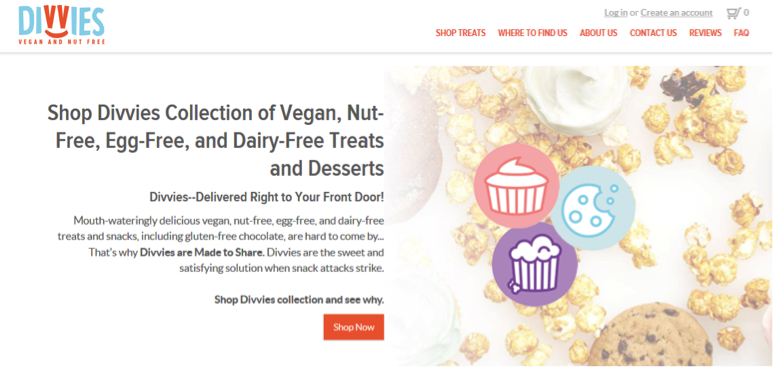

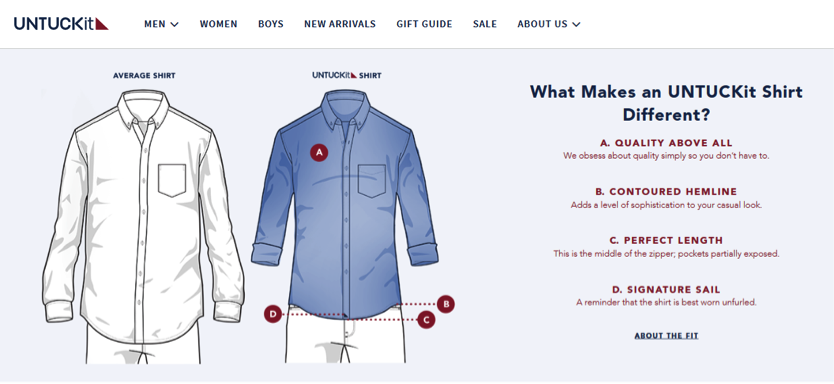
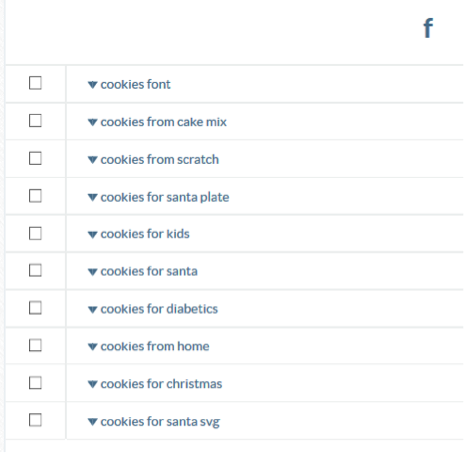
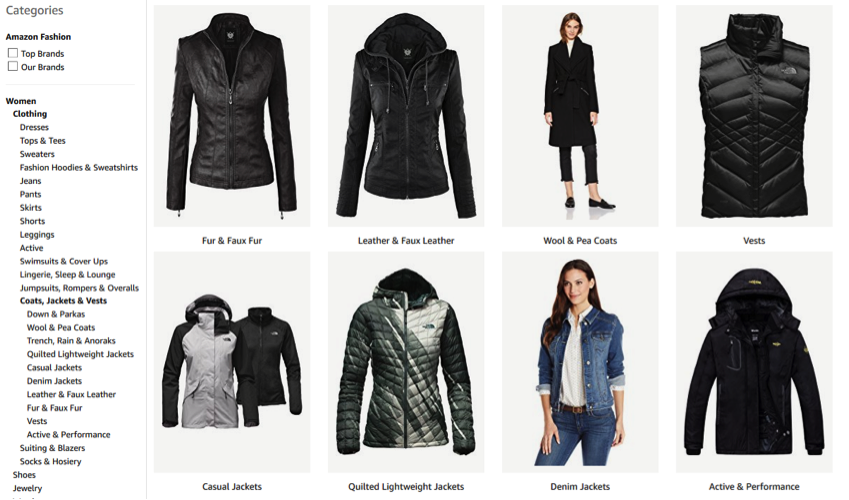
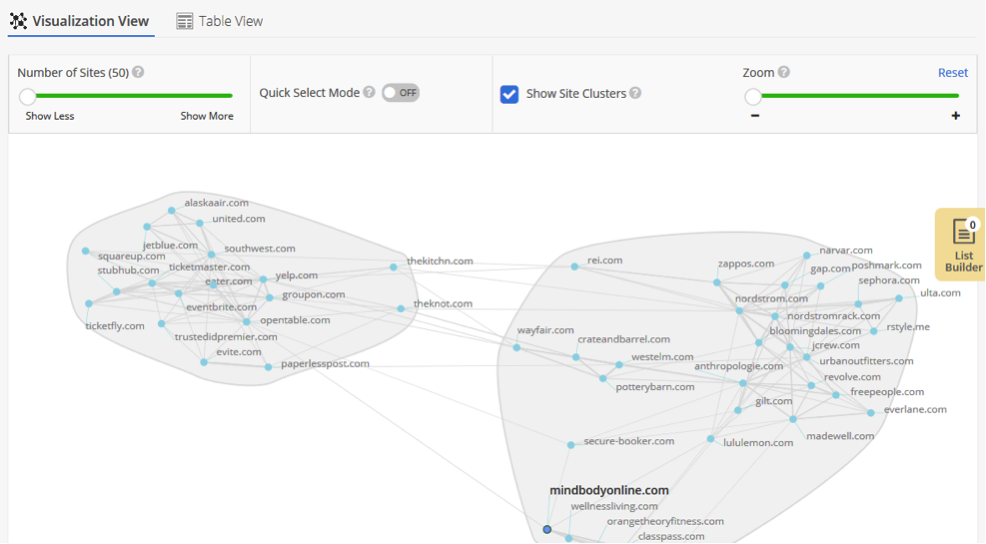



Find the most appealing SEO services and compare those to other competitive SEO services. Don’t settle for “cheap” or “inexpensive”, but settle for “effective” and “strategy”. Anyone can do SEO work, but not everyone can improve results using SEO services. This is because, SEO is about technique and strategy. Links Drip seo